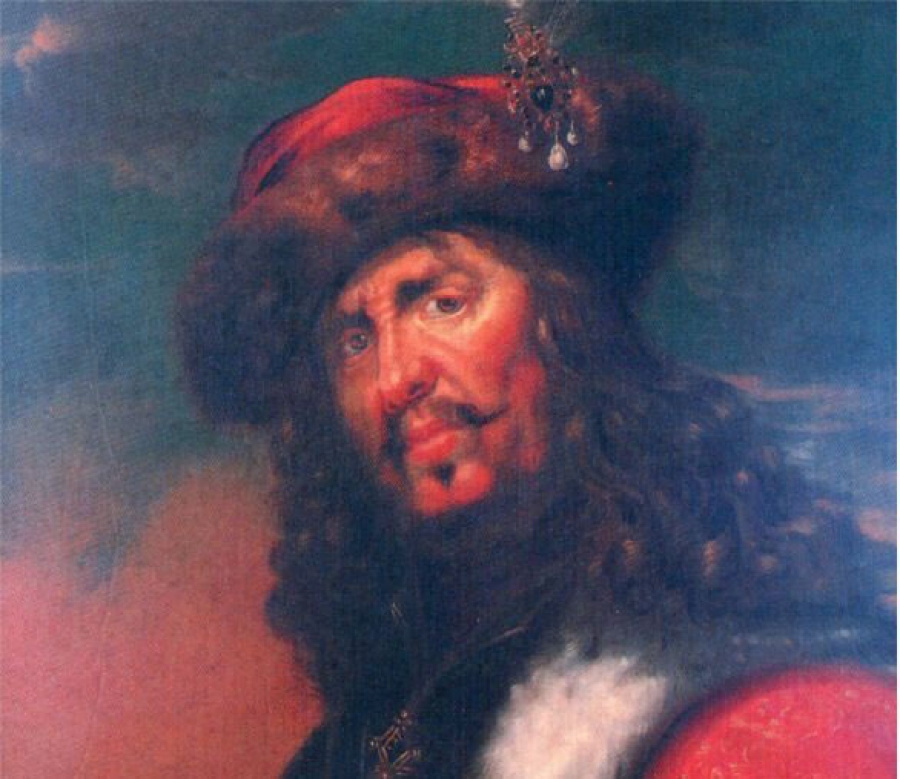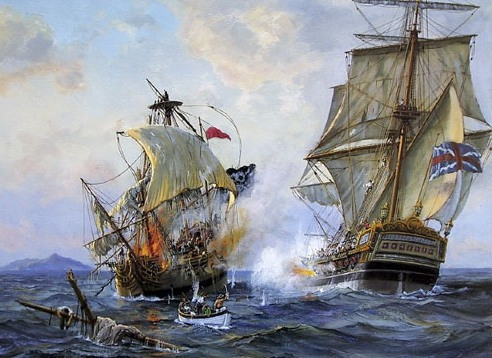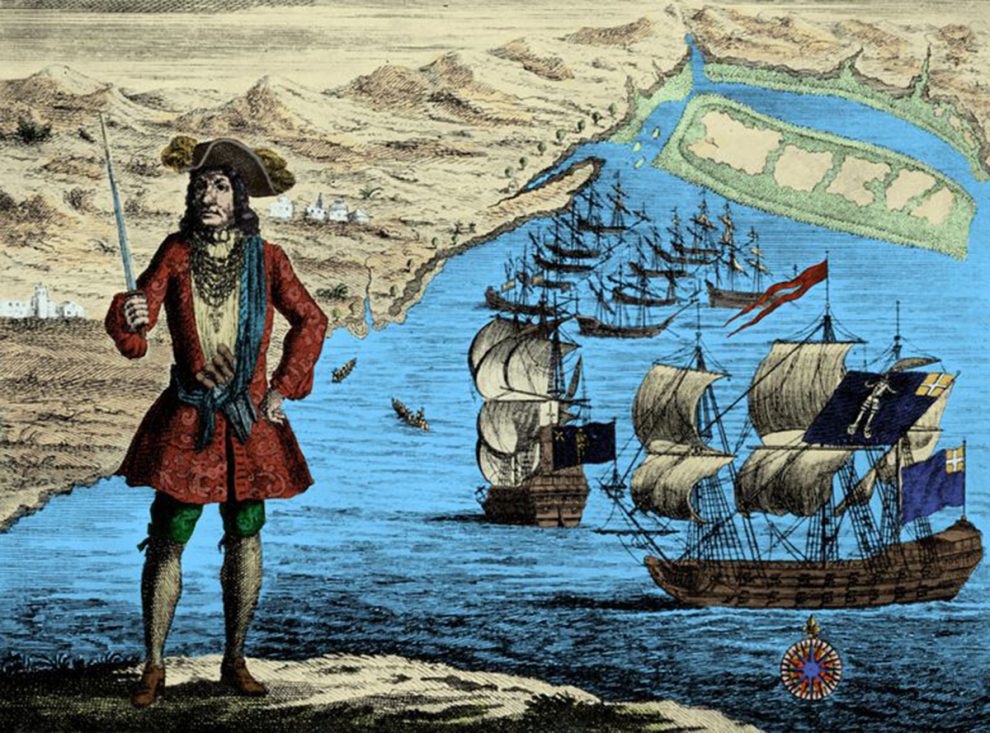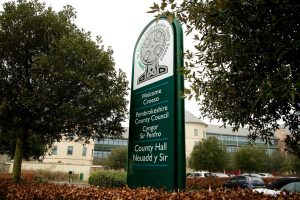THERE are many infamous pirates throughout history, with Edward Teach, better known as Blackbeard, probably being the most well known.
However, over 300 years ago a Welsh seaman turned to piracy. Within a year he’d become the most successful pirate of his era – a time which is commonly referred to as The Golden Age of Piracy.
Born in the small village of Little Newcastle in Pembrokeshire during the early 1680s, John Robert turned to the sea for a living and for more than three decades, he kept on the right side of the law. Then, in May 1719, all this changed.
He was the second mate of a slave ship when it was captured by pirates off the West African coast. Our Welshman decided to join them, and to throw others off his trail he changed his name to Bartholomew Roberts.
He was already an experienced mariner, so two months later, when the pirate captain Howell Davis was killed, the crew elected Roberts as their leader.
A few weeks later he captured his first prize – a Dutch slave ship – and from that moment on he was set for his life of crime.

Keeping one step ahead of any pursuers, he crossed the Atlantic and put into the Brazilian port of Bahia (now Salvador). The Portuguese treasure fleet was in harbour, and in a daring coup de main, Roberts captured a treasure ship and sailed it out of the harbour.
The ship’s cargo was worth millions in today’s money, but Roberts wasn’t able to keep hold of it.
While Roberts was out hunting for victims, the prize crew in the Portuguese galleon sailed off into the sunset, leaving him with nothing.
Undeterred, Roberts started all over again, and for the next year he combed the waters of the West Indies, before ranging as far north as Newfoundland in search of prizes.
As he went, he kept turning the biggest and best of these into his flagship. Each time, he gave these ships the same name – the Royal Fortune.
Once more, to avoid the warships sent to hunt him down, Roberts crossed the Atlantic, and by the summer of 1721 he was off the coast of Senegal. He then worked his way down the West African coast, capturing dozens of slave ships as he went.
In August he captured the Royal African Company’s ship Onslow, which became the fourth and last Royal Fortune. By the start of 1722 he was off the slaving port of Whydah (now Ouidah in Benin). Roberts captured 11 slave ships at Whydah, but it was there that his luck finally run out.
On February 5th the frigate HMS Swallow appeared and lured out Roberts’ consort ship, the Great Ranger. The pirates thought the newcomer was just another slave ship, but once out of sight of land the Swallow’s commander, Captain Ogle, turned around and captured the pirate ship.
He then returned to Whydah, and Bartholomew Roberts sailed out to give battle.
It was the morning of February 10th 1722 when the two ships fought their duel.
The Royal Fortune and the Swallow were evenly matched in terms of size and number of guns, but Ogle’s men had the edge when it came to professionalism and training.
Suddenly, the Swallow spun about and fired a broadside at point-blank range. Grapeshot scythed along the decks of the pirate ship, and Bartholomew Roberts was cut down.

The pirate captain had put on his finest clothes for the battle, including a rich crimson suit, a hat with a red feather in it, and a priceless gold cross and chain – so everyone saw what happened to him.
The battle continued for another two hours until Royal Fortune’s mainmast fell and the pirates signaled for quarter. One member of the crew, John Philips, tried to reach the magazine with a lighted match to blow up the ship, but was prevented by two men.
Only three pirates had been killed in the battle, including Roberts. A total of 272 men had been captured by the Royal Navy. Of these, 65 were former African slaves that Roberts had emancipated, and they were sold into slavery.
Of the captured pirates who told their place of birth, 42% were from Cornwall, Devon, and Somerset, and another 19% from London. There were smaller numbers from northern England and from Wales, and another quarter from a variety of countries including Ireland, Scotland, the West Indies, the Netherlands, and Greece.
Most of the information on Roberts comes from the book A General History of the Pyrates, published a few years after Roberts’ death.
The original 1724 title page credits one Captain Charles Johnson as the author. The book is often printed under the byline of Daniel Defoe on the assumption that “Charles Johnson” is a pseudonym, but there is no proof that Defoe is the author, and the matter remains in dispute.
So the next time you stare out at the Welsh beaches, think of Black Bart, and his infamous pirates life.



















Add Comment